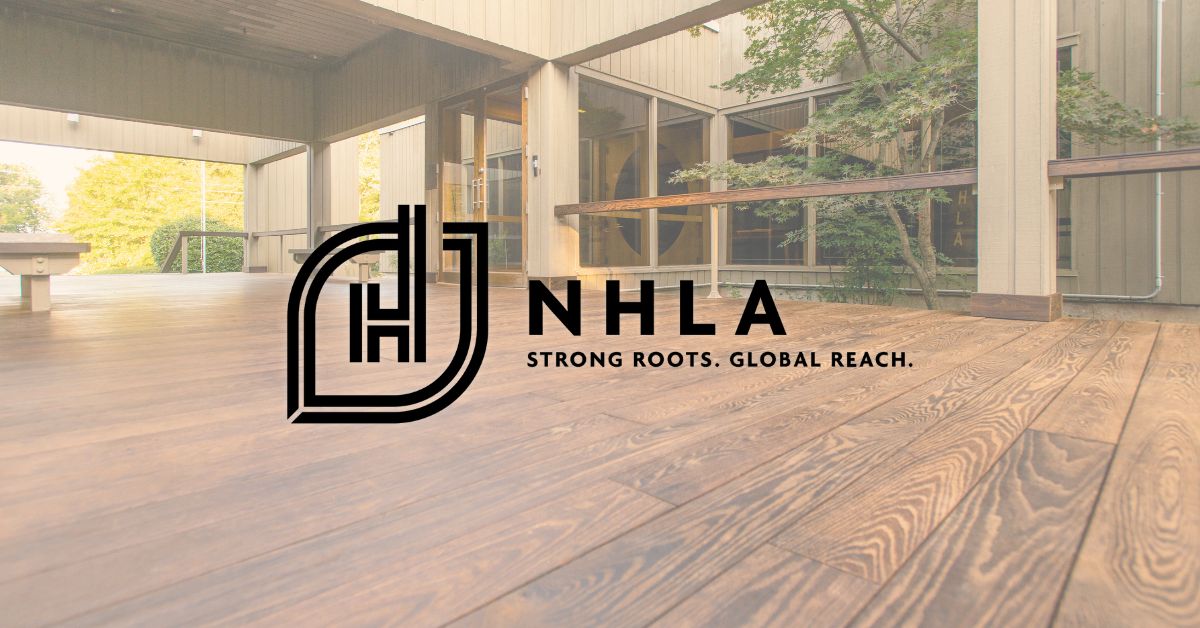The Elephant in the Room
As I prepared to become the chairman of the NHLA, I reached out to all the past chairmen/presidents seeking advice from their experiences leading the association. I learned a lot from those conversations and still refer back to them often. One past president encouraged me to write articles that spotlight important issues or highlight NHLA successes, and not be afraid to push the envelope a little. The membership wants to be informed and challenged. I hesitated to stir the pot because I didn’t want to take this role with an agenda, but today, I will follow his advice and challenge the membership about an issue I want to promote—a personal opinion about log exports.
Most of us have heard this famous proverb: Give a man a fish and you feed him for a day. Teach a man to fish, and you feed him for a lifetime. The core message of the proverb “teach a man to fish” is that the best way to alleviate poverty is through self-sufficiency. It’s a noble ideal, though not always welcomed by those it affects.
From the learner’s perspective, the benefits are clear: he gains knowledge, tools, and independence. Over time, he no longer needs to buy fish; he can catch his own and maybe even build a successful trade from it.
But for the fisherman who once made a living selling fish to this man, the story looks very different. By teaching his customer to fish, he hasn’t just helped someone; he’s created a competitor. While he may have been paid to teach, he’s ultimately lost a buyer. Now, instead of one fisherman selling fish, there are two competing for the same market.
This dynamic mirrors the impact of exporting logs in our industry. By sending raw materials overseas, we enable others to develop their own value-added manufacturing, essentially teaching them to fish. In doing so, we risk displacing the domestic mills, manufacturers, and workers whose livelihoods rely on keeping that value in North America.
The added revenue from exporting logs provides a short-term gain for companies that ship logs but ultimately creates competition for everyone who sells lumber. Our industry currently exports about 50% of the annual production of grade hardwood lumber. Historically, these customers have only had one option if they wanted to buy kiln-dried North American hardwoods for their products: from a North American producer. Our standardized grading rules, precise manufacturing processes, and sophisticated drying techniques lead to a safe and straightforward way to purchase lumber produced from our abundant resources. Evidence of our industry’s reliance on export markets has been strongly illustrated by the recent turmoil created by the trade war. If we lose 50% of our market, it is fair to assume we will lose 50% of our industry. Eliminating the middleman is a time-tested basic philosophy in reducing costs when running a business.
Many export markets have taken full advantage of our willingness to export our logs into their countries, and they have been learning how to “fish.” Over time, they have not only been able to supply North American hardwoods to our former customers in their countries, but they are also now selling North American hardwoods to our current customers in other countries. They have developed sophisticated manufacturing and drying processes and, in some cases, have developed their own grades. Many also have other advantages, such as governments that support their industries without the extra costs of compliance with OSHA, EPA, and the IRS. By buying logs directly from the U.S., they have successfully eliminated the middleman, and we are silly enough to keep allowing this to happen. Personal property rights are a basic freedom we value in America. If we own timber, we want to be able to sell it to whoever is willing to pay the most for it, but at what point do we become a nation that only sells our resources? The thousands of jobs and billions of dollars our industry represents to the economy are being sacrificed because nobody wants to talk about the elephant in the room. So, there you have it. I have used my platform to challenge our membership on a topic that is important to me. The purpose of this article was not to divide our membership, so please don’t interpret this column as a statement from the NHLA. It is simply an opportunity to share my thoughts on what I believe to be a very important topic. I have learned that there are no simple solutions to complex problems, and this one is no exception. One possible solution is to require only hardwood products that have been kiln-dried to be exported. This would ensure that products have been value-added, not just sold in the rawest form.
Please feel free to participate in this debate by emailing me at [email protected]. Thank you for allowing me to share my opinions.
Bucky Pescaglia
NHLA Chairman | Missouri-Pacific Lumber Co., Inc.
Share:
Related News & Blog

September 1, 2025

September 1, 2025
Questions?
Have questions or need any assistance regarding the NHLA Annual Convention & Exhibit Showcase?
